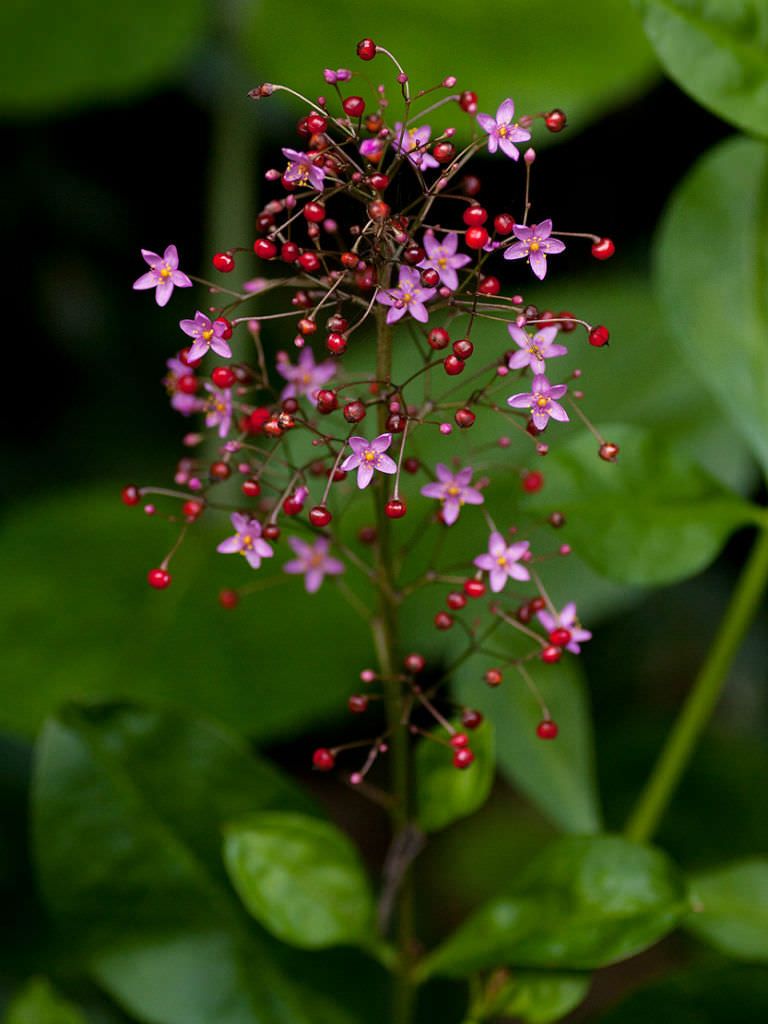
Jewels of Opar sound right out of a movie.
Learning wild edibles has a sense of discovery to it. One day a friend said she had an edible in her yard with a strange name: The Jewels of Opar. If that sounds like something out of a Indiana Jones movie you’re close. It was novel with the Indiana Jones of his day: Tarzan and the Jewels of Opar. It was the fifth book of Edgar Rice Burroughs and appeared in 1916. The plant is supposedly native to warmer areas of the United States. However, Dr. Daniel Austin did not include it in this 909-page book Florida Ethnobotany.
Related to Purslane Jewles of Opar are used in similar ways. One source, Cornucopia II, calls it the Caruru and Flameflower and says: “The leaves and stems are blanched and used in green salads, cooked in soups, or eaten like purslane.” Others call it Javense Ginger and say the long orange root cause be used that way, as a flavoring. A Chinese report says the roots can be stewed with meat. Because of that report and another we know some of the leaves nutrients.
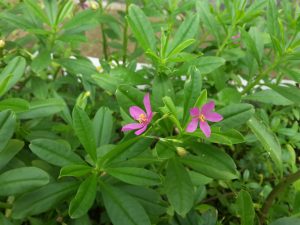
Talium paniculatum can be used like purslane.
100 gram have 15 calories, 1.19 grams of protein, 0.31 grams of fat, 2.02 grams of fiber, 0.939 grams of carbohydrates. Potassium is 304 mg, calcium 78 mg, magnesium 61 mg, sodium 5.1 mg, iron 4.71 mg, phosphorus 0.73 mg, zinc 0.27 mg, no vitamin A or C reported but it has 1316 mcg of beta-carotene which is a vitamin A precursor.
Botanically the Jewels of Opar are Talinum paniculatum. (tah-LINE-uhm puh-nick-you-LAH-tum.) Talinum is new Dead Latin for a native Sengal name for the plant. Paniculatum means like a panicle. Unfortunately its reporting is sporadic, a few counties here, a few counties there, from South Carolina to Texas. No doubt it is more wide-spread but has not be officially found by an official botanist and approved by an official botanical state committee. It is listed in five areas in Florida.
The species is somewhat tart because of oxalic acid. Hexane extract proved “outstanding” against Micrococcus luteus and Candida albicans. The species has Campesterol, stigmasterol, and sitosterol.
Green Deane’s “Itemized” Plant Profile
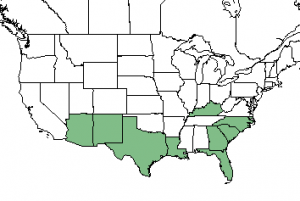
Jewels of Opar distribution
IDENTIFICATION: Mucilaginous leaves are flat, glossy, to four inches long, half as wide, growing in thick whorls, has whispy pink flowers and dark red fruit. Roots are long and orange.
TIME OF YEAR: Year round
ENVIRONMENT: Moist areas, well drained soil, warm weather, intolerant of frost, prefers full sun but can grow in partial shade.
METHOD OF PREPARATION:Shoots and leaves eaten raw or in stews and soups, Used in folk medicine extensively used ornamental.

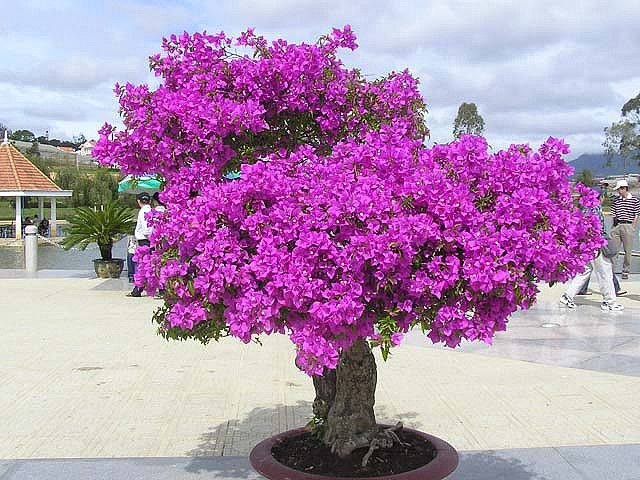
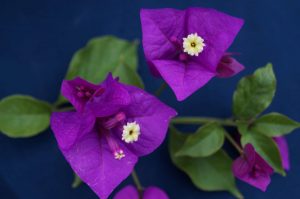

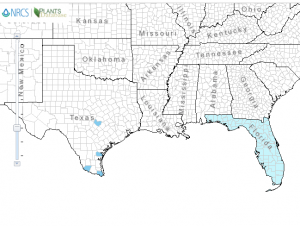
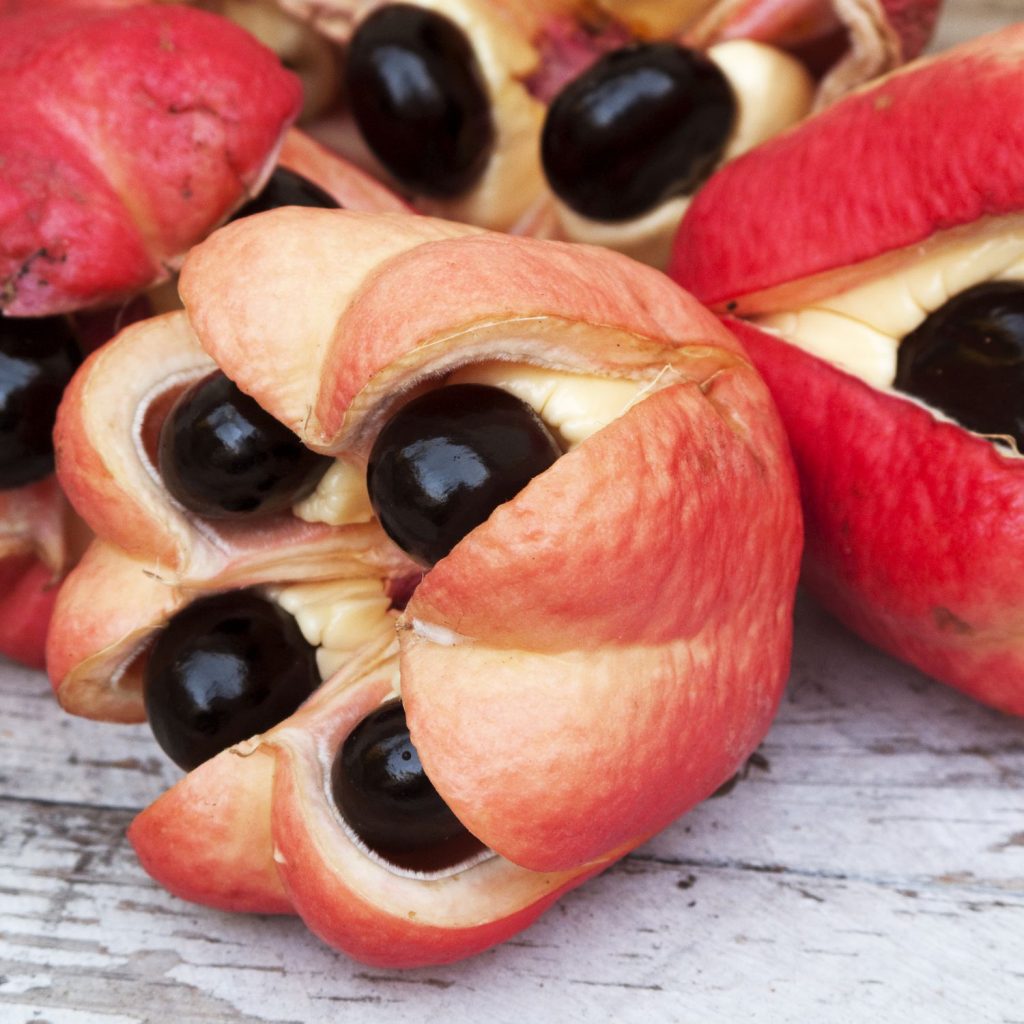
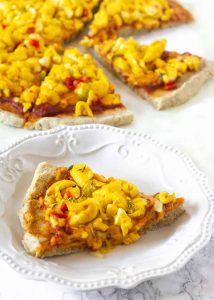
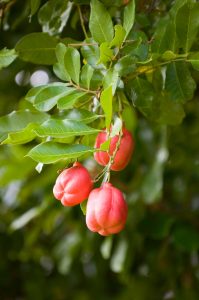
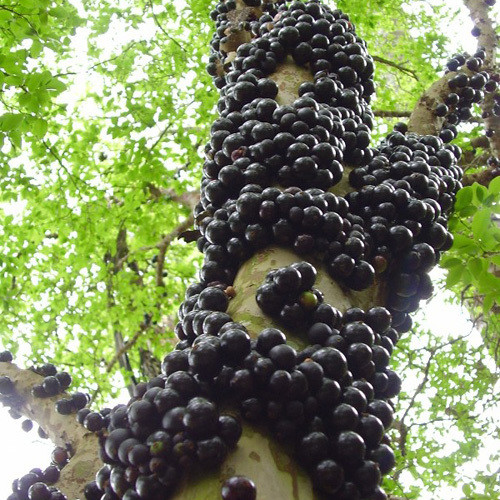
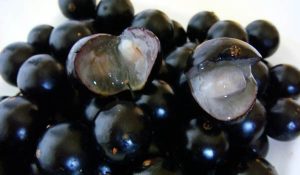
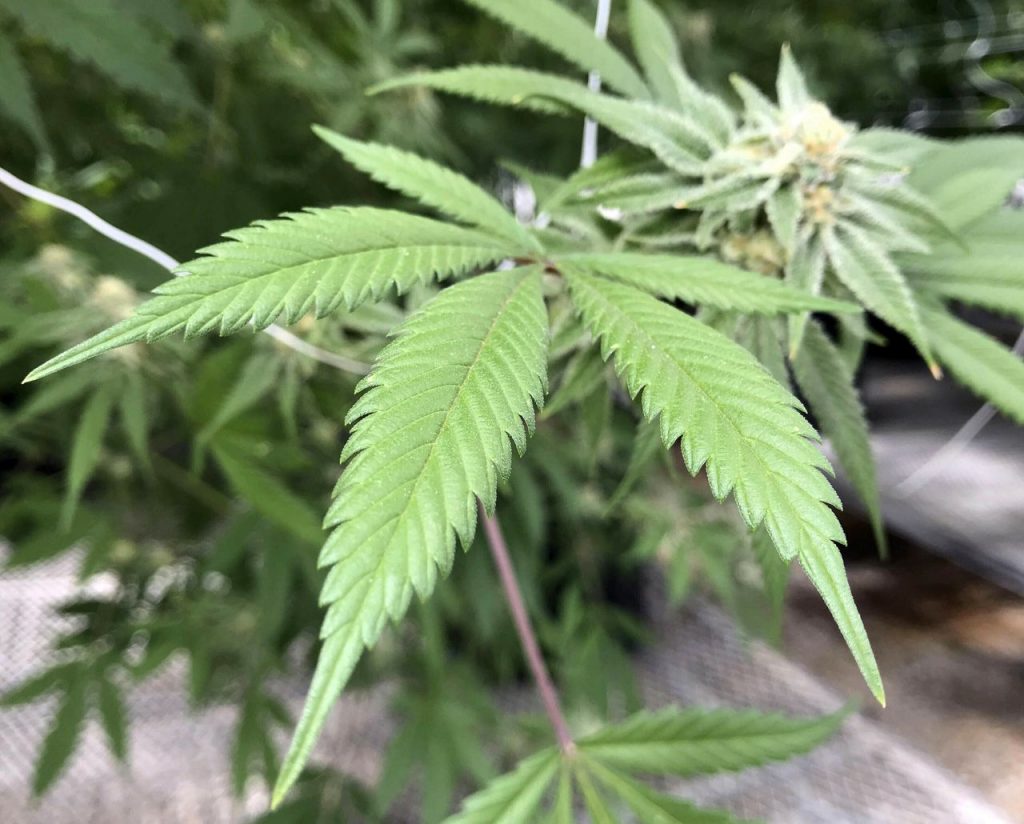 You can’t rummage around the woods as a forager without running into someone’s marijuana patch. Locally the most likely place to find said is on spoil islands, the ones created by dredging. Kids row out, have a party and toss away the seeds. What is not surprising those abandoned seeds grow into plants the kids don’t recognize as the same plant they are smoking.
You can’t rummage around the woods as a forager without running into someone’s marijuana patch. Locally the most likely place to find said is on spoil islands, the ones created by dredging. Kids row out, have a party and toss away the seeds. What is not surprising those abandoned seeds grow into plants the kids don’t recognize as the same plant they are smoking.